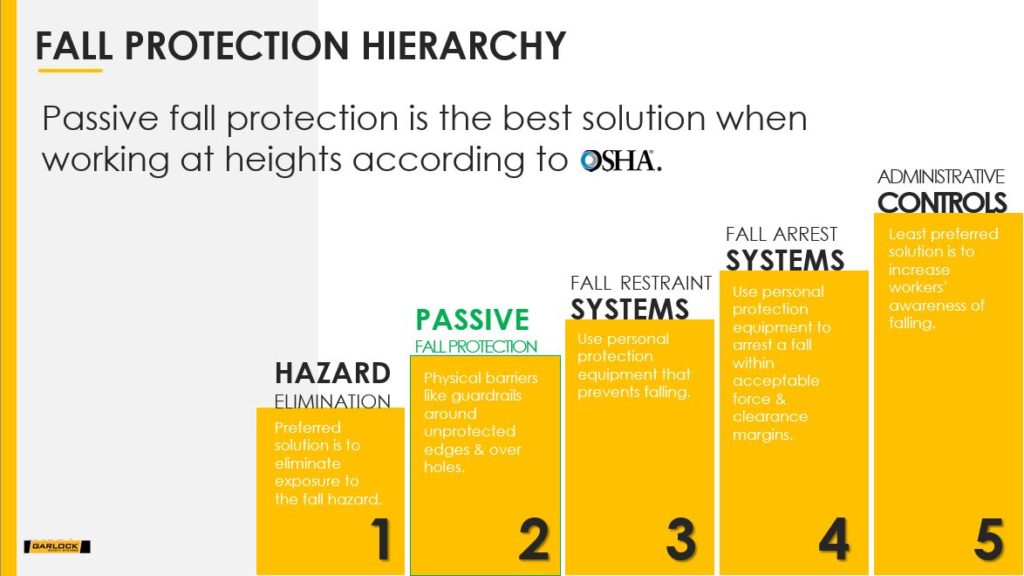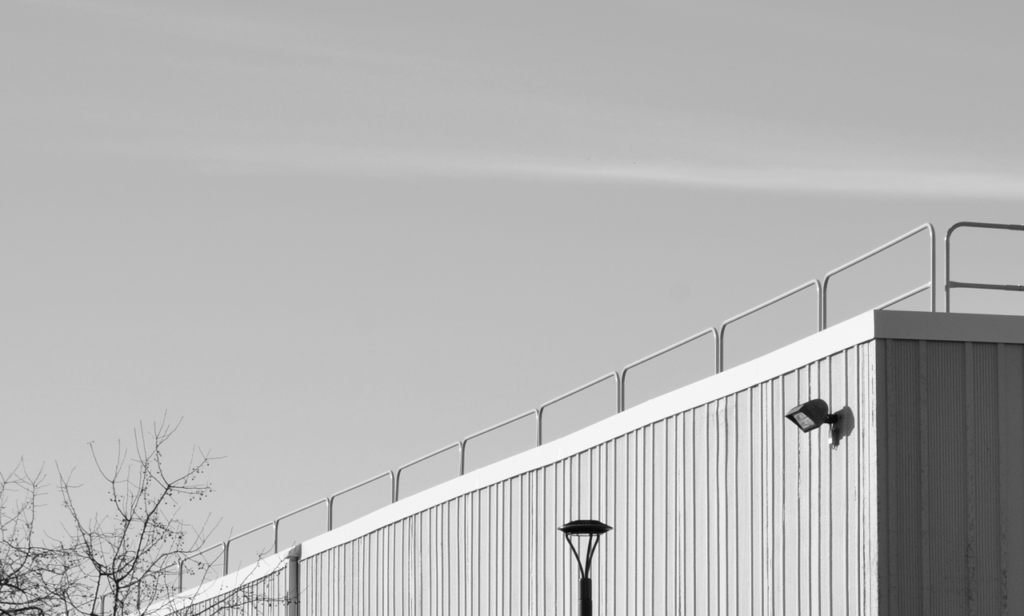Again in 2017, FALL PROTECTION – GENERAL REQUIREMENTS (1926.501) topped the list of most-cited violations by OSHA inspectors. While the number of citations remained relatively flat in the category, a new violation came roaring into the top 10, focusing attention with the usual sense of urgency OSHA gives to these top issues. At number 9, FALL PROTECTION – TRAINING REQUIREMENTS recorded 1,724 violations after not previously making the list.
| Rank | Violation | Standard | 2016 Citations | 2017 Citations |
|---|---|---|---|---|
| 1 | Fall Protection – General Requirements | 1926.501 | 6906 | 6887 |
| 2 | Hazardous Communications | 1910.12 | 5665 | 4652 |
| 3 | Scaffolding | 1926.451 | 3900 | 3697 |
| 4 | Respiratory Protection | 1910.134 | 3573 | 3381 |
| 5 | Lockout/ Tagout | 1910.147 | 3406 | 3131 |
| 6 | Ladders | 1926.1053 | 2625 | 2567 |
| 7 | Powered Industrial Trucks | 1910.178 | 2855 | 2349 |
| 8 | Machine Guarding | 1910.212 | 2448 | 2109 |
| 9 | Fall Protection – Training Requirements | 1926.503 | Not-Ranked | 1724 |
| 10 | Electrical – Wiring Methods | 1910.305 | 1937 | 1530 |
Many of the violations are related to training requirements and ensuring establishment of a training program for each employee who may be exposed to fall hazards. Active fall protection (Steps 3 and 4 below) is training-intensive but often overlooked in the process. Proper inspection timetables, proper use of equipment, and most importantly a rescue plan are the key reasons to have a documented safety training program in place.

Installing a PASSIVE FALL PROTECTION system is a great way to reduce overall training requirements by building a physical barrier between the employee and the hazard. It is called PASSIVE because it requires no effort from the employee to engage the protective equipment, for example, putting on a harness and securing a lanyard to a certified tie-off point requires the employee to specifically participate in the process. Once installed, there is minimal investment to keep it working for years to come. It can also be a temporary setup or permanent installation at a location.
When you encounter your next hazard, call a Safety Professional and explore how a PASSIVE FALL PROTECTION system can elevate your safety program.
